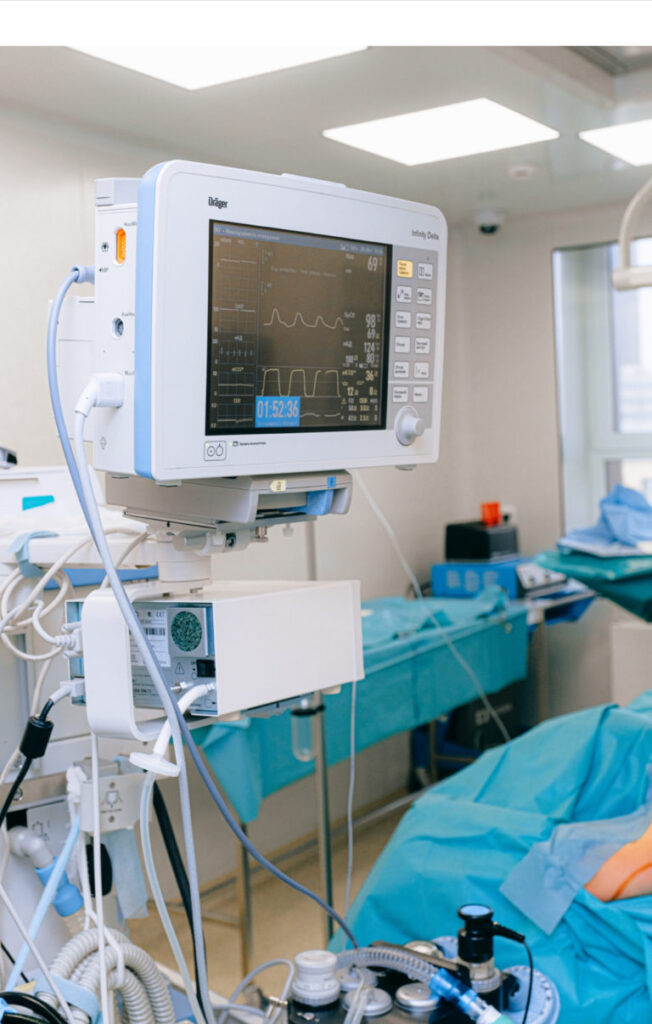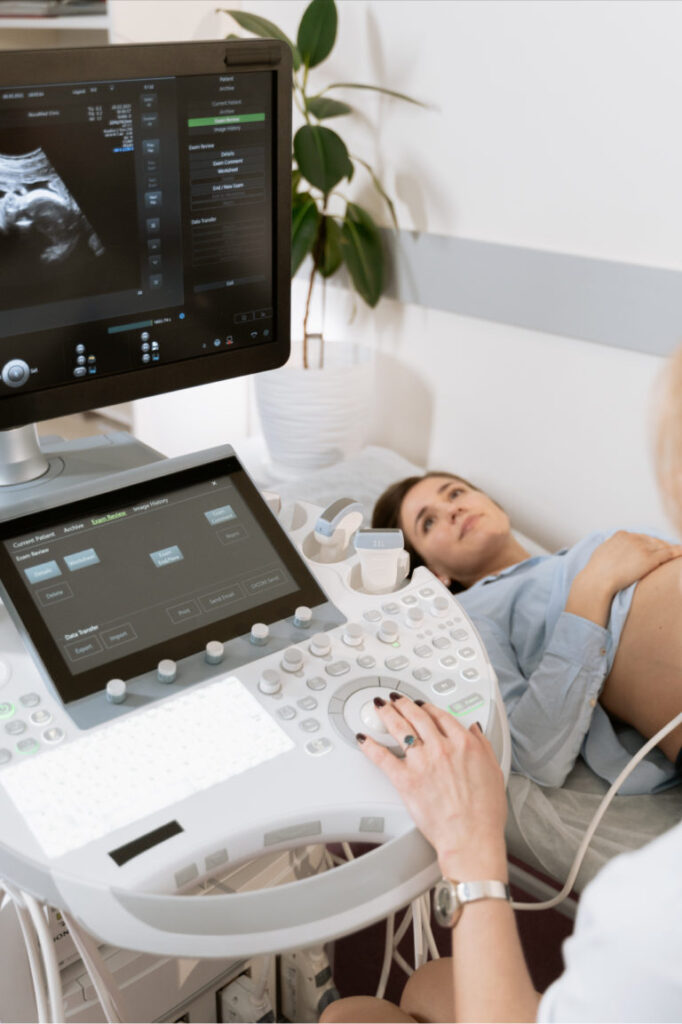Precision medicine PGx aims to customize health care, with decisions and treatments tailored to each individual in every way possible. Pharmacogenomics is part of precision medicine. Although genomic testing is still a relatively new development in drug treatment, this field is rapidly expanding. Currently, more than 200 drugs have label information regarding pharmacogenomic biomarkers — some measurable or identifiable genetic information that can be used to individualize the use of a drug.
What is Malignant Hyperthermia Susceptibility?

Personalized Medicine (PGx), A Breakthrough

The Science Behind the Test

Malignant Hyperthermia susceptibility (MHS) is an inherited pharmacogenetic disorder of calcium regulation resulting in uncontrolled skeletal muscle hypermetabolism.
Manifestations of MH are triggered by certain volatile anesthetics (i.e. halothane, isoflurane, sevoflurane, desflurane, enflurane), either alone or in conjunction with succinylcholine, a depolarizing muscle relaxant. The triggering substances initiate the uncontrolled release of calcium from the sarcoplasmic reticulum and may promote entry of extracellular calcium into the myoplasm, causing contracture of skeletal muscles, glycogenolysis, and increased cellular metabolism, resulting in the production of heat and excess lactate.
Malignant Hyperthermia Susceptibility is a Life-Threatening Syndrome

MH clinical manifestations are hyperthermia, hypercapnia, tachycardia, acidosis, muscle rigidity, compartment syndrome, rhabdomyolysis with subsequent increase in serum creatine kinase concentration, hyperkalemia with a risk for cardiac arrhythmia or even cardiac arrest, and myoglobinuria with a risk for renal failure. In nearly all cases, the first manifestations of MH occur in the operating room, MH may also occur in the early postoperative period. Recent studies show that some individuals with MH will also develop the disorder with exercise and/or exposure to hot environments. Without prompt treatment, mortality is extremely high.
What We Test?
How it Works?
The process is as simple as ordering a kit from our lab. When it arrives after 3 business days, you will collect a saliva sample with a quick cheek swab provided in the kit. Then, just send it back in the prepaid mailer, and we will send it to our Lab in the USA. Your results will be ready in 2-4 weeks.
The average time is (3 weeks).
